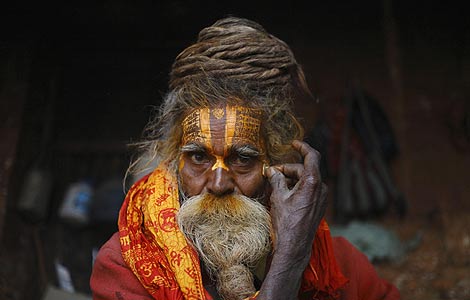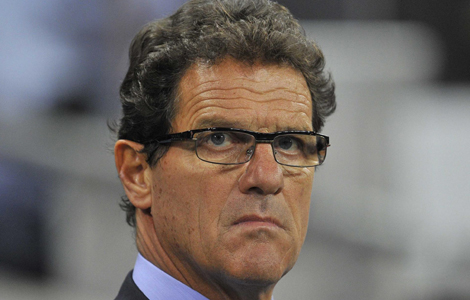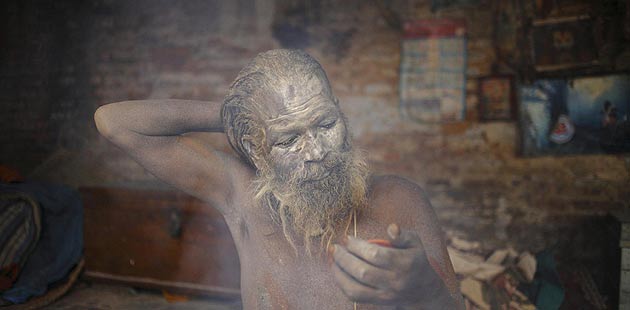Forbidden City still lures inquisitive public
Updated: 2012-02-16 09:54
By Tang Yue, Zhang Yuchen and Wu Wencong (China Daily)
|
|||||||||||
He welcomed the decision to open more rooms to the public, but urged the museum's governing body to do more to ensure its treasures are preserved, such as boosting crowd control and making better use of surveillance technology.
"Expanding the display area is the first of many steps that are needed to enhance the museum's development," Zhang said. "This is a good sign."
After the revolution of 1911, Pu Yi (1906-67), the last Qing emperor, was allowed to remain in the Forbidden City until 1924, when he was finally expelled by Feng Yuxiang during a coup. Yet, it was not until New China was established in 1949 that the complex was converted into the Palace Museum.
In 2002, the governing body launched an 18-year restoration project to repair and restore its buildings to their pre-1912 state. At the time, just 30 percent of the museum was open to the public.
"Some parts are still closed to visitors because they are under renovation or are being used as administrative areas and storerooms," said Luo Zhewen, an expert at the State Administration of Cultural Heritage. "The renovation is the main reason.
"We have to be really careful about it," he added. "We must have a very concrete and detailed plan before taking action."
Zhang at the Beijing Art Museum added: "In a way, the Forbidden City is in the process of being returned to the people. It used to be the symbol of imperial power, but now it serves people from all over the world."
Troubled times
Among the new sections that will be opened to the public is the Jianfu Palace Garden, the source of much controversy last year when museum insiders revealed there were plans to turn it into a private club for China's rich elite.

Hot Topics
Wu Ying, iPad, Jeremy Lin, Valentine's Day, Real Name, Whitney Houston, Syria,Iranian issue, Sanyan tourism, Giving birth in Hong Kong, Cadmium spill, housing policy
Editor's Picks
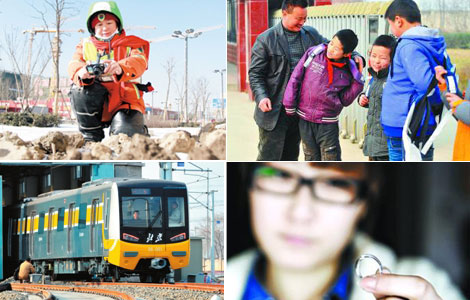
|

|

|
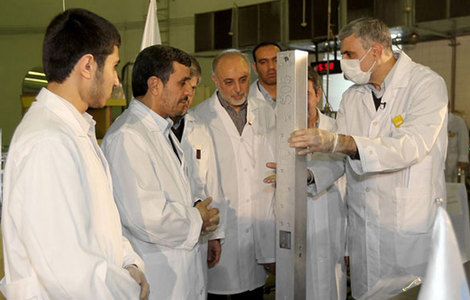
|
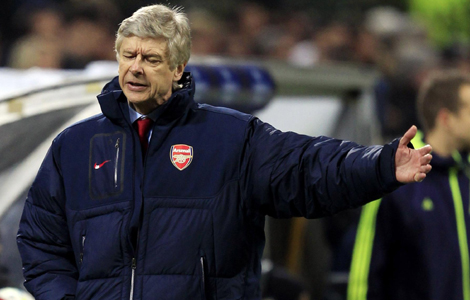
|
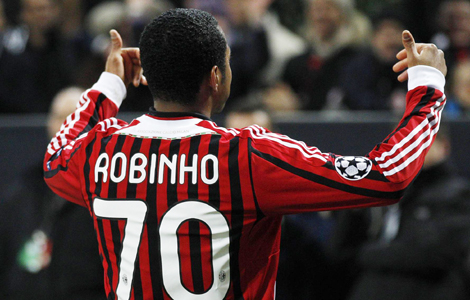
|


